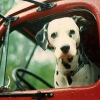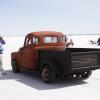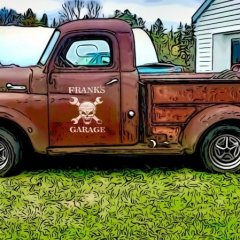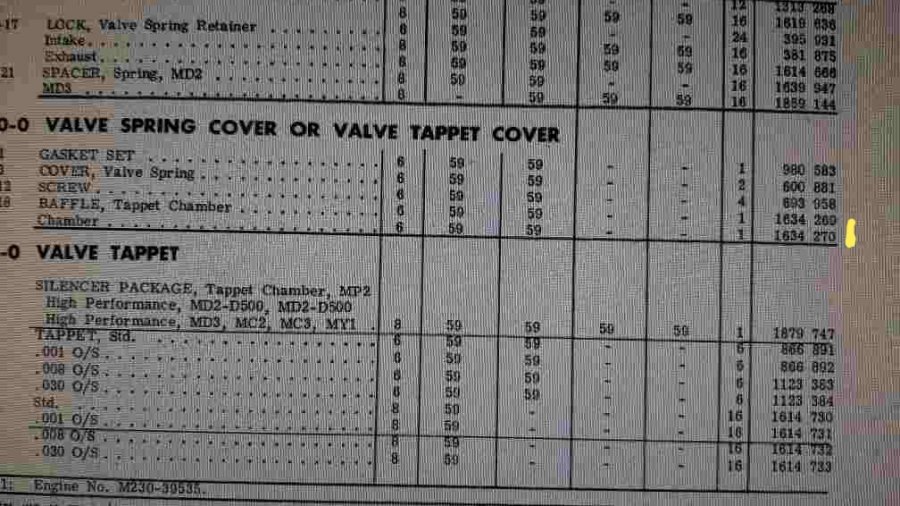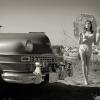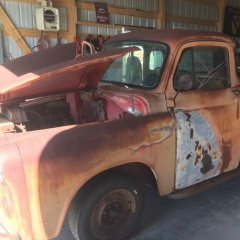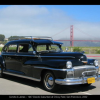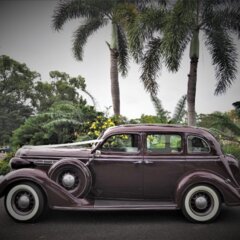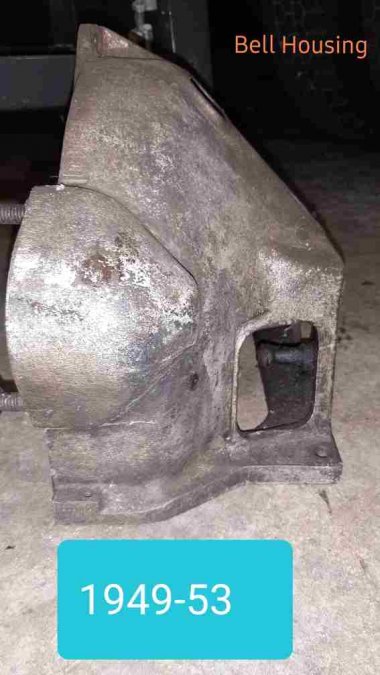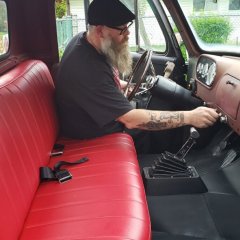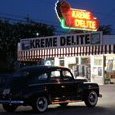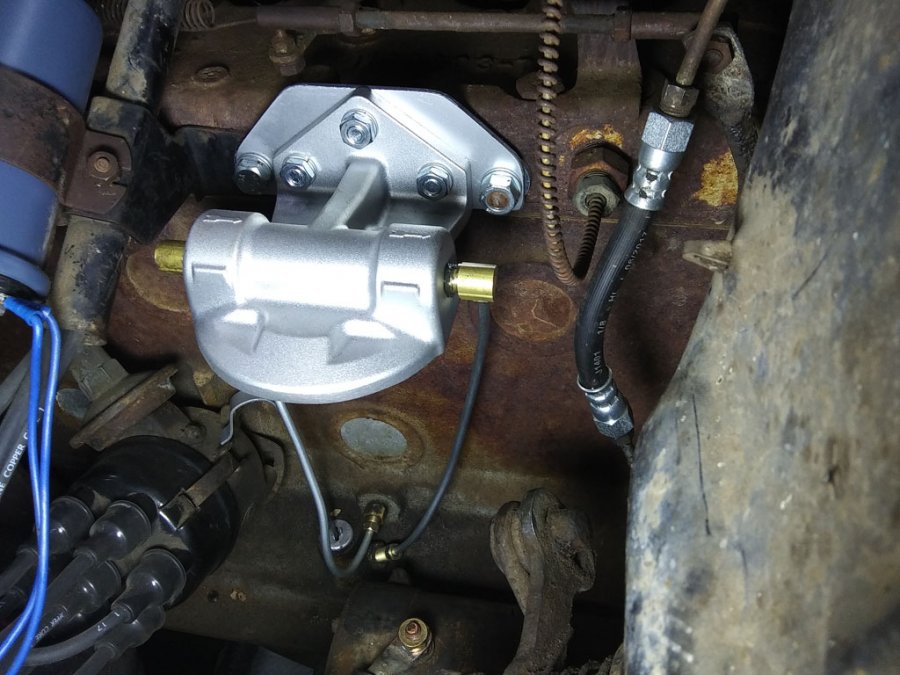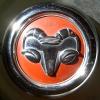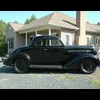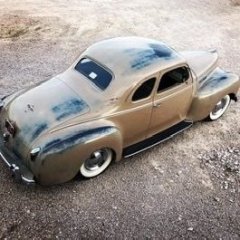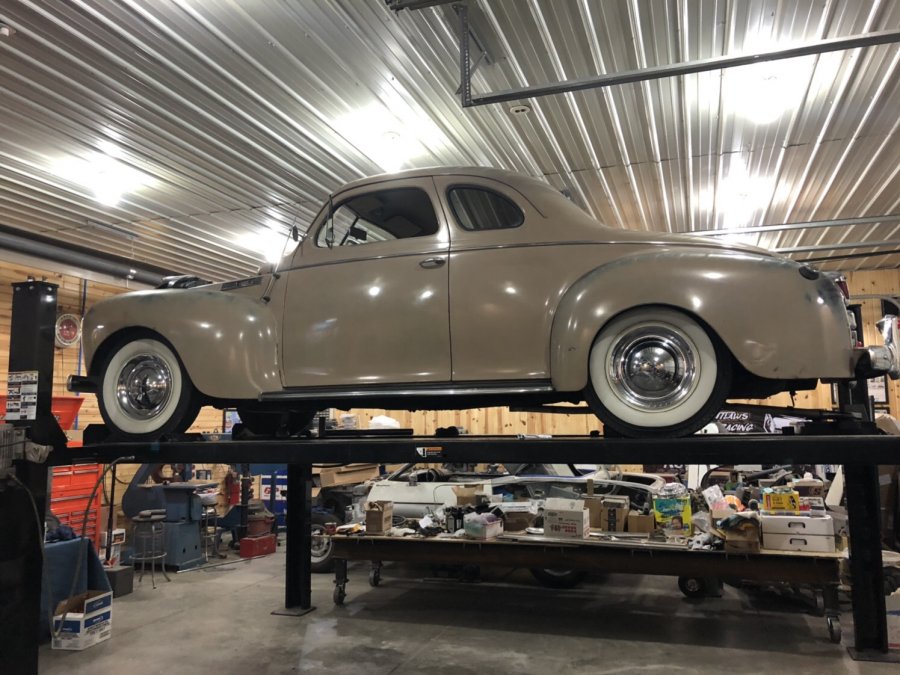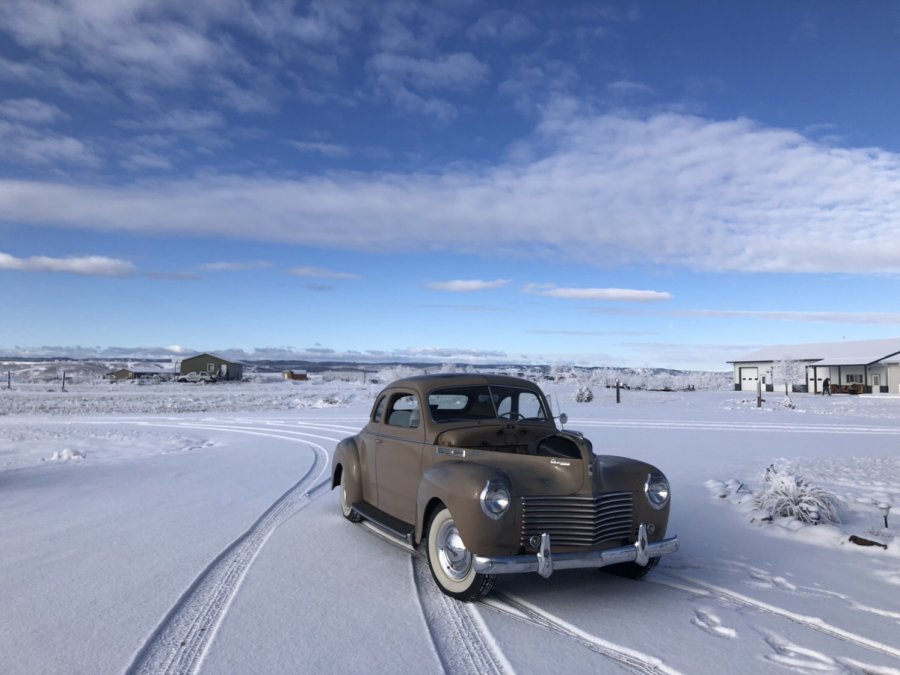Leaderboard
Popular Content
Showing content with the highest reputation on 02/05/2020 in all areas
-
2 points
-
An Emoji, or emotional reaction with a picture, is just a way to acknowledge a post....positive or negative. If a reader doesn't have an answer for you, or wants to be supportive...they tag your post with an emoji. A quick response is in the lower right corner....4 choices, all basically positive. In the text area, its a little more diverse. For ex. ...........click on the happy face where the Bold/Italic/Underline, etc are..... These are all ways of putting an emotional response with a written response. Not everyone is a good writer and a simple smiley face can help relate the intend of the response or post. Hope that explains it.... If it doesn't, don't get mad.... I didn't mean to confuse anyone... I did my best..... Good luck with the emoji's..... 48D2 points
-
Some guys liked to use a light spring when lapping in the valves. It lifts them momentarily so they don't just go back and forth in the same spot. Could be the guy had to answer the phone or went to lunch and forgot it. That's the only thing I can think of.2 points
-
Thats only 1/2 of the bearing, the cone. Once you drive the cup out of the hub you can get the other number. In some cases they are a set, but not all of them. Outside diameter can vary, with same cup.2 points
-
1 point
-
A couple questions to answer your ratio question: Still running the 218? What is the final output of high gear in the T5? Do you live in a hilly area or at altitude? What are your average speeds going to be?1 point
-
Those clip baffles I could not find in any 1956 or older parts books or shop manuals. I have never seen them in any B series truck engines ever till these mentioned. Never have read any tech bulletins either. There is most likely a truck service sheet on them in the latest 50's describing them. I only have the B series bulletins. Why your 237 has them is a good question.1 point
-
300 is reasonable, considering a 8-3/4mopar rear diff runs around 1200. a buddy bought an explorer rear for 400, from a buddy so i guess its what you feel comfortable spending.1 point
-
I don't have an answer for you on which ratio to choose, hopefully Jeff Balazs will chime in shortly. He commented to me about a 3.73 might be more appropriate for my 218 powered 1/2 ton. He runs a 230 in his 3/4 ton and has a 3.55 installed. As far as price, I paid $315 for mine shipped from Michigan to Kentucky but it was missing all of the brake parts except for the backing plates. I wasn't aware the brake parts were missing when I bought it so that was a price adder I wasn't expecting. To be fair I would likely have replaced the rotors and calipers anyway just so I could start out with new parts. Brad1 point
-
Mike maker sold his car and all his stuff. About a year ago I bought his p15 books and at that time he was good but out of the hobby.1 point
-
Well, To answer people one way or the other... First off, if I push the clutch in and turn on the electric fan, I can deal with stop and go traffic in 105F weather all day long. Going forward, since my wife likes to drive, now and then, and has a bad left knee...I want to make the car so that it can sit in a traffic back up for an hour dead still and in gear and on a coupling or converter and not over heat. My point about the '49 being concourse is that everything is new and in correct factory working order and it has the same problem. My meaning is that the factory obviously did not think that standing in a 5 mile line of cars not moving much on a 105F day was a likely event. They were correct for 1949. In addition, I have read in some factory publication that they recommended that a fluid coupling car not sit dead still with the car in gear for more than 5 minutes. It was either in a Service Technical Bulletin or one of the little white repair booklets. I do not remember which. My 1947 Desoto has: 1. The engine block was acid dipped for a week to make sure that not only was all oil and grease removed, but also any mineral deposits from the water over the decades as well. This block was cleaner than new, inside and out, when the machine work was done. 2. The new water distribution tube was matched at the face of the block to the opening so that all the water flowed down the tube and not some of it around it. 3. The water pump has an impeller that does flow more water than stock. The "old man" at a pump manufacturer and repair house (Arms Pumps) here in Northern California had collected Dodge Trucks and he designed a bronze impeller that works better than either the stock one or the Gates (NAPA) replacements. (I have had the same problem with a stock pump, his pump and a Gates pump). 4. The radiator is new and had "dimple" tubes used so the water will tumble and improve the thermal transfer. 5. Stock 180F thermostat. 6. Six blade steel Dodge truck fan. 7. Car is not running lean. Given the above, that is why I am looking to find ways to improve the zero to 15 MPH cooling ability of this engines design. One way that is used by the modern car companies to keep the combustion chambers cooler is to use special alloys in the exhaust seats and the valve guides. These special allows transfer of heat out of the chamber more efficiently than the older materials. In my case, IF the exhaust seats need to be replaced...I will look into using the new exotic materials. I will defiantly use bronze for the guides as one can use closer tolerances with it. I will also be sleeving the lifter bores back to factory size. Those sleeves will be a bronze alloy as well. Like I said in the opening of this thread. If anyone wants me to keep them in the loop to possibly get some of these items for their use...when I get around to placing an order in a few months for them I will let you know directly. Just drop me a internal note or an email. James.1 point
-
For future reference; Chrysler part number #601532 Cone = Timken #14125a Chrysler part number #43032 Cup = Timken #14276 Chrysler kit number #10546 = Timken 14125a/142761 point
-
Your P15 must have the up to 1948 bell housing with the four round hole vents. This 1942-1948 housing has two drilled 5/16" X 18 tpi threaded holes to mount the clutch torque shaft pivot bracket. 1949 and later bell housings with the top big rectangular vent don't have those two left side drilled/tapped holes. This is because the pivot shaft bracket is mounted to the underside of the bell housing via a plate bracket on the 1949 and later Plymouth bell housings. I think Hollander and the parts books are wrong on saying all 1942 thru 53 housings are interchangable. You can use a 1942-48 "early style" bell housing on 1949 and up Plymouths but you cannot use a 1949 and later bell housing on a 1942 thru 48 plymouth.1 point
-
Probably helps keep carbon off the underside of the intake valve..if that is a intake?1 point
-
1 point
-
ES158L and ES158R are the Moog numbers, a good parts guy should be able to cross that.1 point
-
We had some torrential downpours lately which is great for me! The windshield is totally sealed up now which makes me very happy and I still haven’t gotten used to the new crystal clear wide and tall viewing area. It’s like driving in HD after a being used to 90s broadcast tv quality screen. The door weatherstrip is keeping H2o at bay nicely and the cowl including wiper pivots is successfully sealed as well. The passenger side is now dry as a bone. I squeezed some kneadable gray indoor outdoor window caulk inbetween the wires where my harness passes thru a rubber grommet in the firewall and that stopped letting water in that gets in the engine bay thru the louvers. The underhood wiring is all weatherpack connectors so no problems there. The driver’s side of the cab is still leaking. Somewhere around the top hinge bolts or the area where the skin wraps around the A pillar is letting in some water that sits on the shelf above the kick panel area and the nook inside the A pillar. Gonna keep after it with seam sealer until it stops and do some repairs when I dig into making the pillar and hinges more solid later (structural metal work). In the meantime it is warm enough in there to cruise whenever I want. I’m driving her once or twice a week lately. I need to get after resto-modding the heater and hooking up the defrost vent hoses so that I won’t need a windshield fog wiping towel in cold weather. No big deal though. Here’s a video of my drive to work in the rain this morning. Play it thru a tablet or computer speakers for full effect of the big block!1 point
-
1 point
-
1 point
-
Call me old fashion.....( I'm 55), but I print my pictures (the good ones) and put them in an album..... I also save them to Google and a USB Stick. Lately I've been scanning my super old pictures (1980's...lol) to a USB Stick. 48D1 point
-
Not that I know their purpose but they were in one of my engines that I recently tore down. A 236 that I'm converting to 265.1 point
-
Never seen anything thing like that.. Maybe put there to prevent valve keepers from falling down into the crankcase by previous shop or owner ? Of course rags work well. Odd.1 point
-
There may be a problem with some of the older pictures and albums...I noticed awhile back that several pics I saved in the Gallery were inaccessible, and several other members' albums were empty. I had one album that I tried to move from the Individual Member Photo Albums to the Dodge Truck Albums but all I managed doing was delete my entire album, so I reckon I'm about halfway there. From my laptop, I hovered the mouse over your forum name, and after a few seconds a small window popped up that had a clickable link to your profile that gave me the options to find content that you have posted on this site, including this picture you posted in the Gallery. If there was more content that ya saved on this site, it may have been zapped too because I was unable to locate anything other than the lone picture...1 point
-
diff housing seal. we think corrosion is preventing the new seal from sealing (old seal matched the corrosion). will revisit in spring. Rebecca1 point
-
1 point

